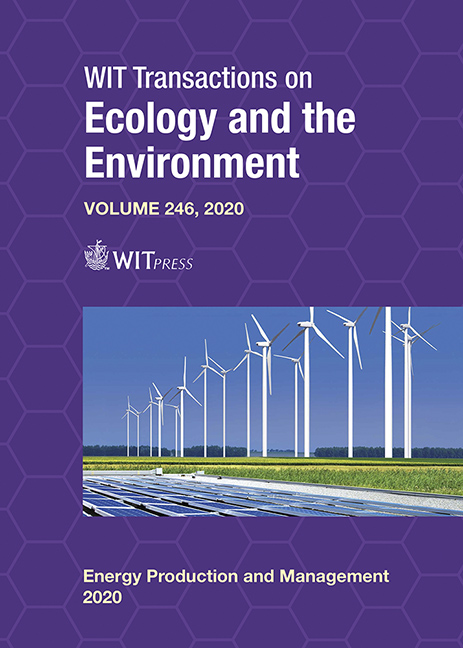BEECH LEAVES BRIQUETTES AS FUEL FOR A HOME COMBUSTION UNIT
Price
Free (open access)
Transaction
Volume
246
Pages
11
Page Range
75 - 85
Published
2020
Paper DOI
10.2495/EPM200081
Copyright
WIT Press
Author(s)
JIŘÍ RYŠAVÝ, JIŘÍ HORÁK, LENKA KUBOŇOVÁ, MIROSLAV JAROCH, FRANTIŠEK HOPAN, KAMIL KRPEC, PETR KUBESA
Abstract
This study is aimed at the possibility of the fallen (waste) beech leaves usage as material for briquettes production. The main purpose of beech leaves briquetting in this study is the possibility of using it in small home combustion units, as partial substitute of wood. From the briquetting point of view, it is necessary to dry the leaves to approximately 15% of water content (it takes more than a month by free (natural) drying in an approximately 10 cm high layer inside a heated room). Beech leaves briquetting by automatic press is an easy process, but with diverse lengths of briquettes at the output (2–20 cm). Proximate and ultimate analyses of collected beech leaves were done. A briquette sample was subjected to thermogravimetric analysis, which shows the temperature ranges of drying and hemicellulose, cellulose and lignin decomposition. The determined temperature ranges correspond to those from other literature sources. Combustion tests proved the possibility of beech leaves briquettes usage as fuel in a small combustion unit. All limit values of the actual European standard EN 13240:2001 were met and some limit values of future European Standard Commission regulation (EU) 2015/1185 were met as well. Results of energy efficiency and mass concentrations of pollutants in the flue gas will differ with different stove and different stove settings. Due to the properties of the beech leaves briquettes (high mass fraction of ash and fast disintegration on the grate during the combustion process), it is appropriate, especially for long term use, to combine this kind of fuel with a conventional one.
Keywords
tree leaves, briquetting, biomass, renewable energy, solid fuel





